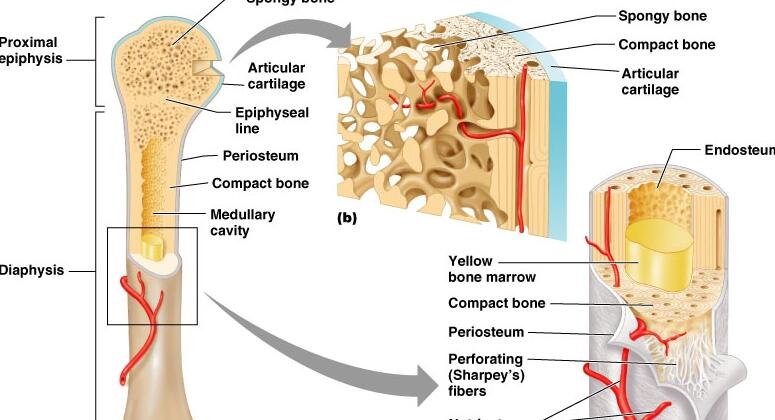附肢骨骼
The appendicular skeleton (126 bones) consists of the upper extremities (60), lower extremities (60) , pectoral girdle (4) , and pelvic girdle (2).
附肢骨骼(126块)分为上肢骨(60块)、下肢骨(60块)、肢带骨(4块)以及腰带骨(2块)。
These are the bones for our appendages or limbs and, along with the muscles attached to them, they are responsible for body movement.
这些骨骼组成了我们的附肢或肢体,肌肉附着在附肢骨周边,附肢骨骼保证肢体活动。
The pectoral girdle consists of the clavicle and scapula bones.
肢带骨由锁骨和肩胛骨组成。
It functions to attach the upper extremity, or arm, to the axial skeleton by articulating with the sternum anteriorly and the vertebral column posteriorly.
通过与胸骨前侧,脊柱后侧相连,肢带骨可将上肢骨与中轴骨相连。
The bones of the upper extremity include the humerus, ulna, radius, carpals, metacarpals and phalanges.
上肢骨包括肱骨、尺骨、桡骨、腕骨、掌骨以及趾骨
The pelvic girdle is called the os coxae or the innominate bone or hipbone.
腰带骨也被称之为髋骨,无名骨或臀骨。

It articulates with the sacrum posteriorly to attach the lower extremity, or leg, to the axial skeleton.
通过与荐骨后侧相连,从而将下肢骨与中轴骨相连。
It contains the ilium, ischium, and pubis.
腰带骨包括肠骨、坐骨以及耻骨。
The lower extremity bones include the femur, patella, tibia, fibula, tarsals, metatarsals and phalanges.
下肢骨包括股骨、膝盖骨、胫骨、腓骨、跗骨、跖骨以及趾骨。
BONE STRUCTURE
骨骼结构
Several different types of bones are found throughout the body.
人身体有许多不同种类骨骼。
They basically fall into four categories:long bones, short bones, flat bones, and irregular bones.
大体上可以分为四种:长骨、短骨、扁平骨以及不规则骨。
Long bones are longer than they are wide.
长骨的长要多于长骨的宽。
Examples are the femur and humerus.
典型长骨为股骨和肱骨。
Short bones are roughly as long as they are wide.
大体而言,短骨长宽相近。
The carpals and tarsals are short bones.
腕骨和跗骨是短骨。
Irregular bones received their name because the shapes of the bones are very irregular.
之所以得名不规则骨是因为骨骼不规则。
The vertebrae are irregular bones.
脊椎为不规则骨。
Flat bones are usually plate-shaped bone such as the sternum, scapulae, and pelvis.
扁平骨通常为扁平状,例如胸骨、肩胛骨以及盆骨。


